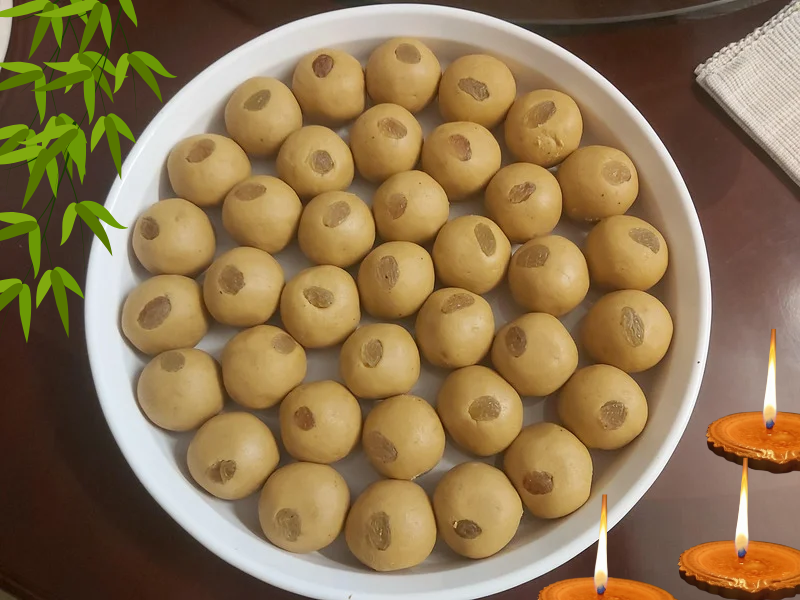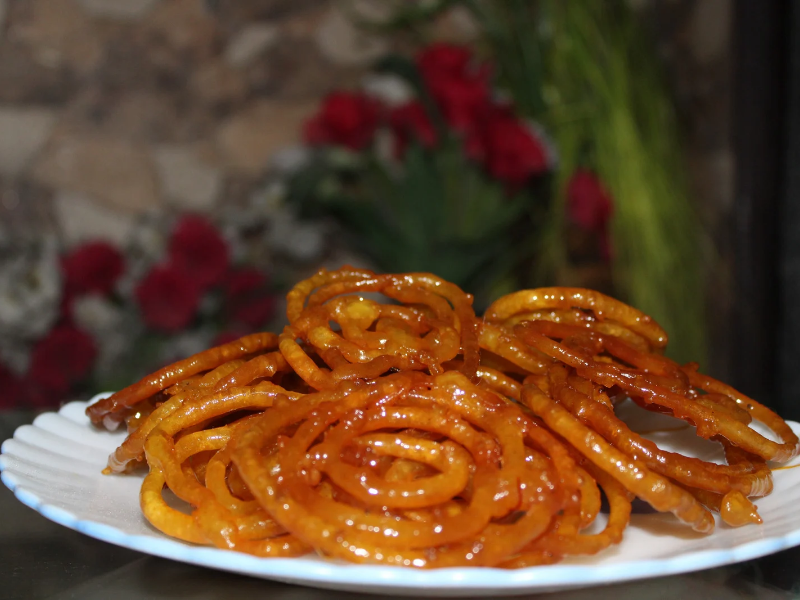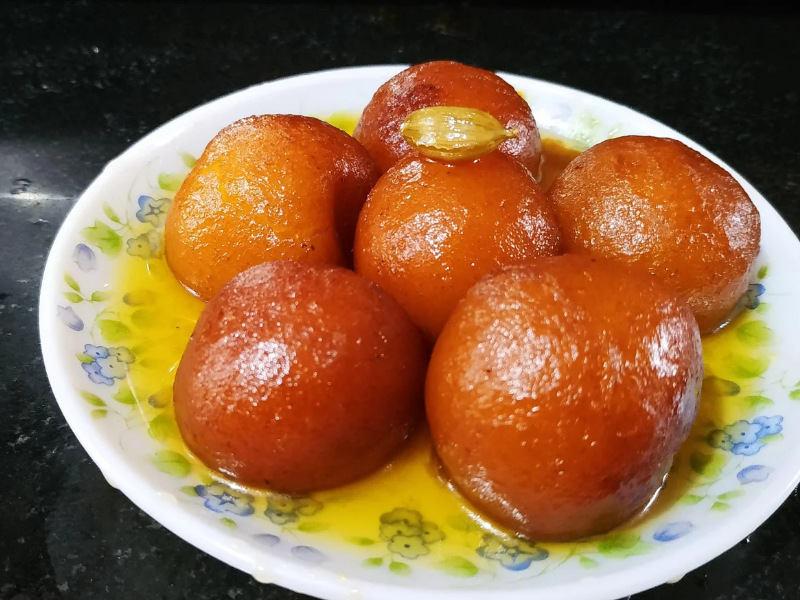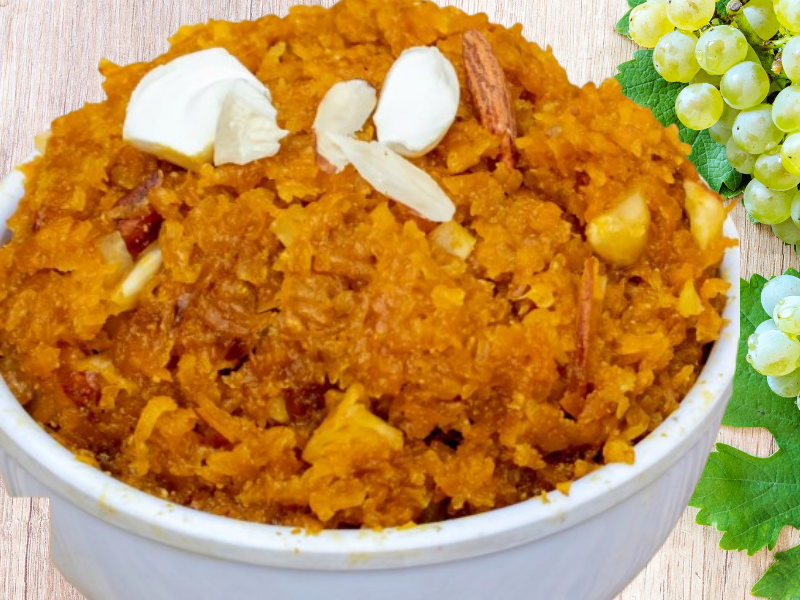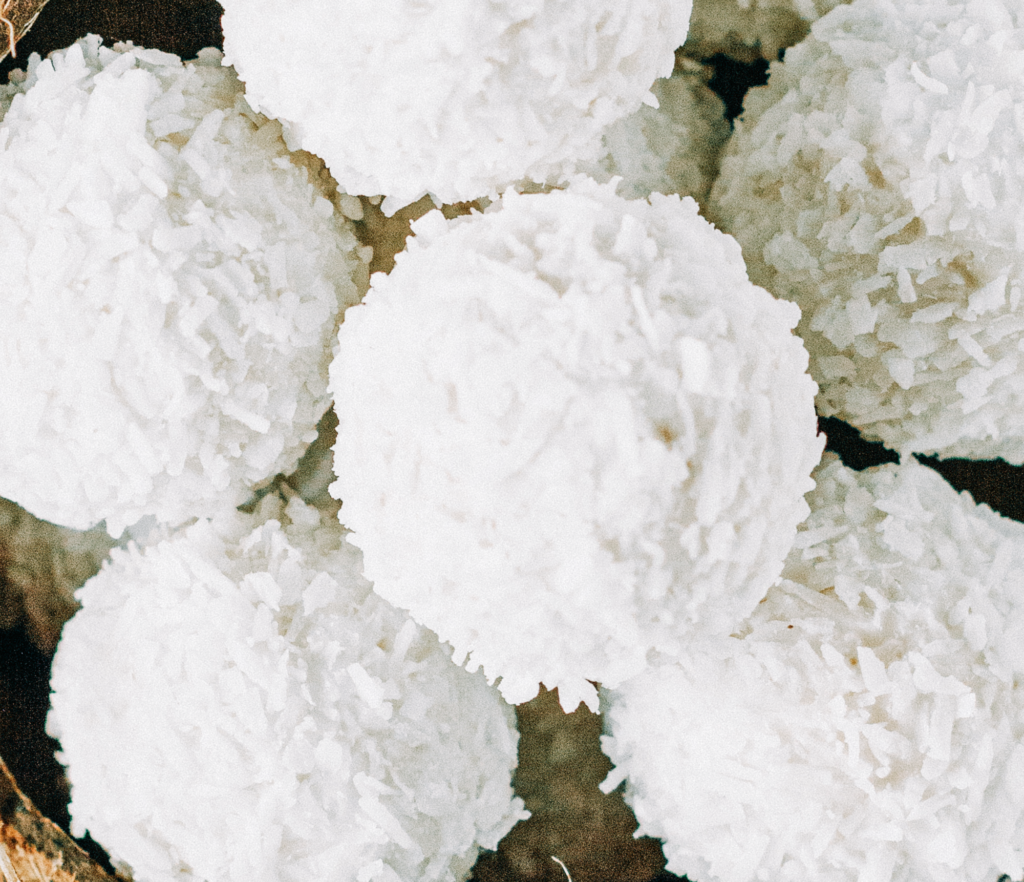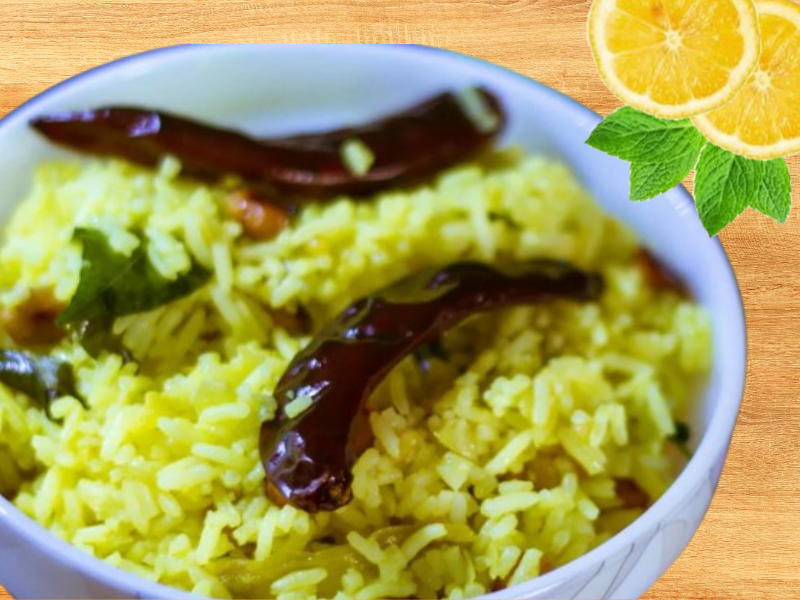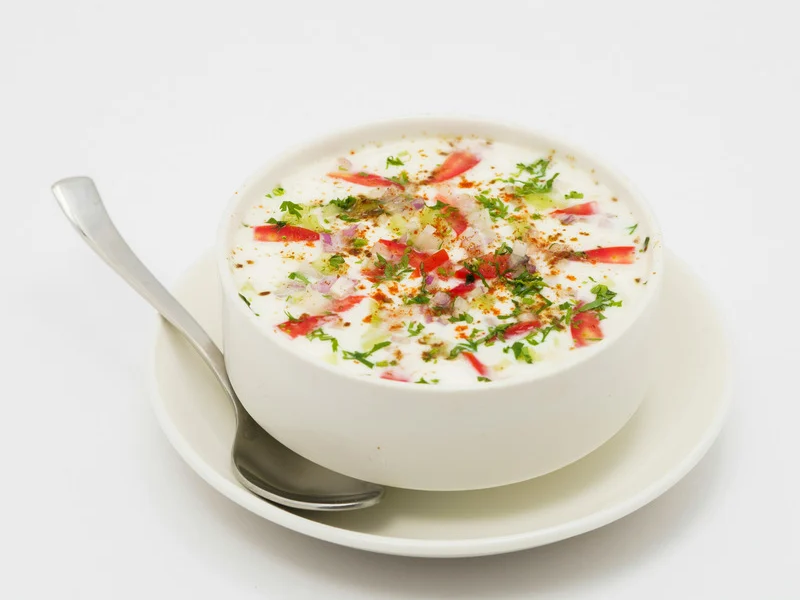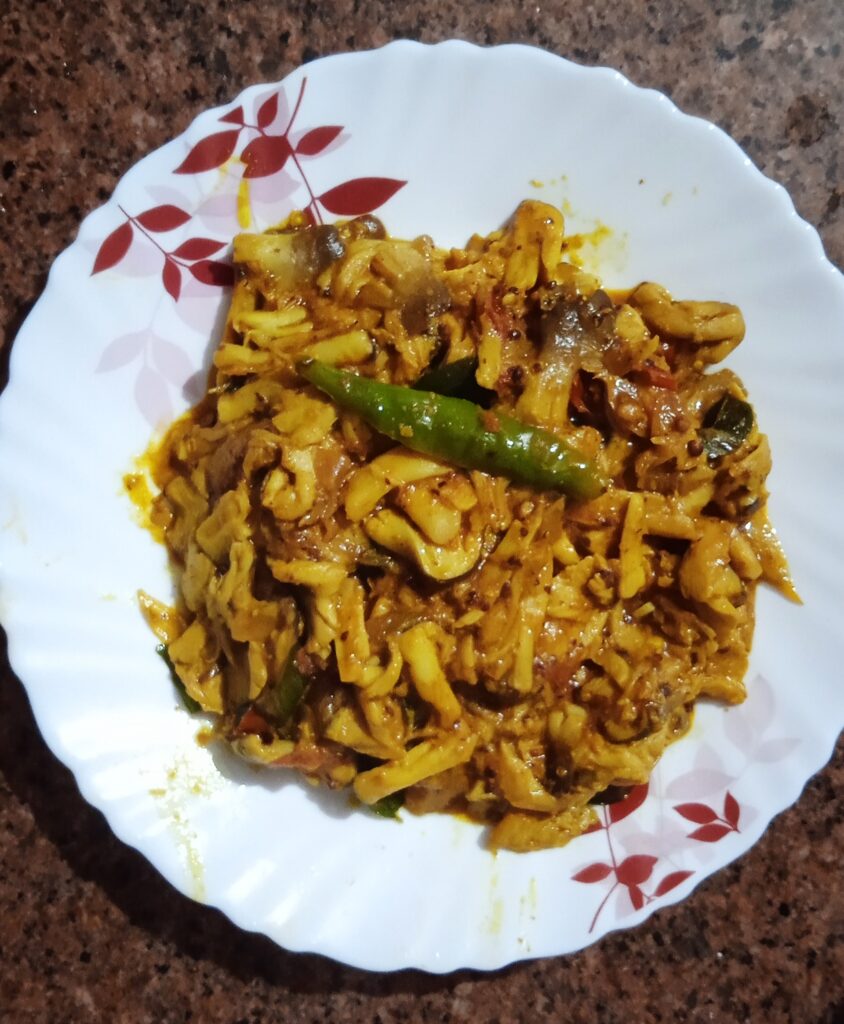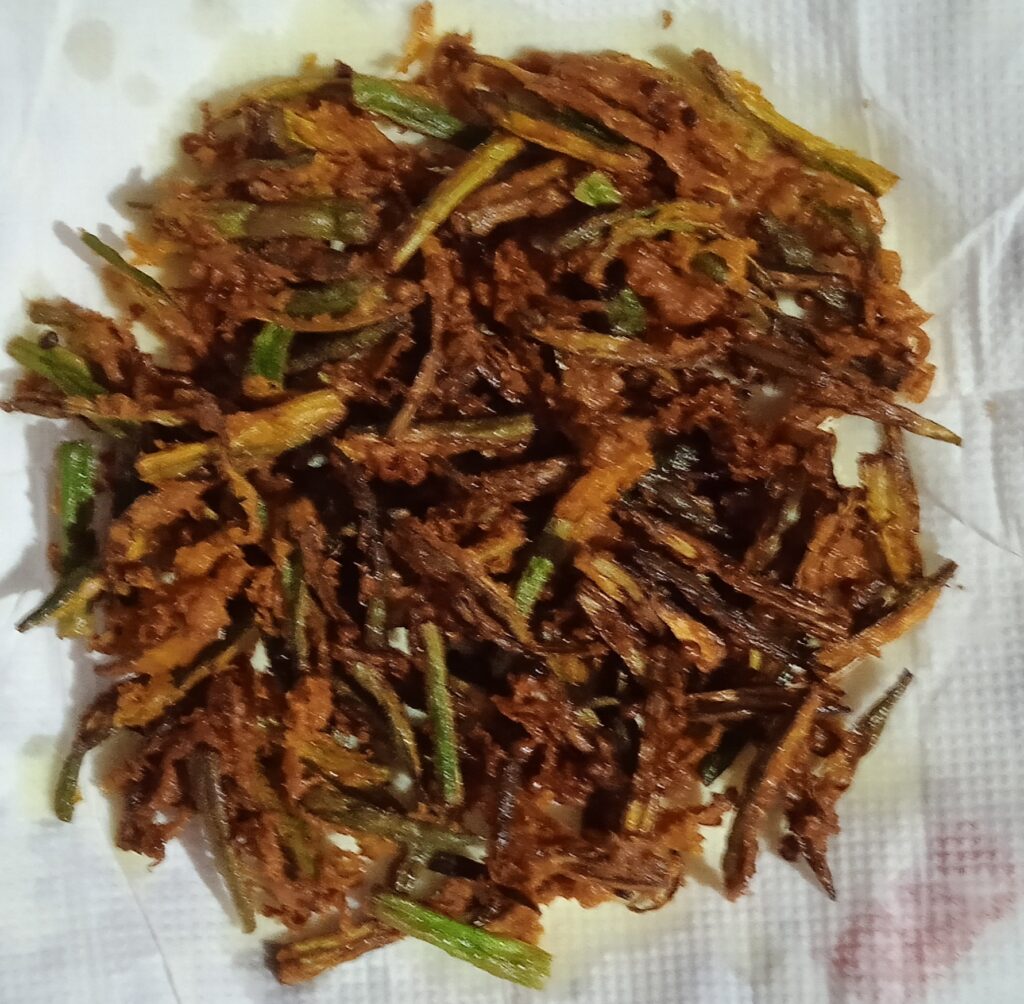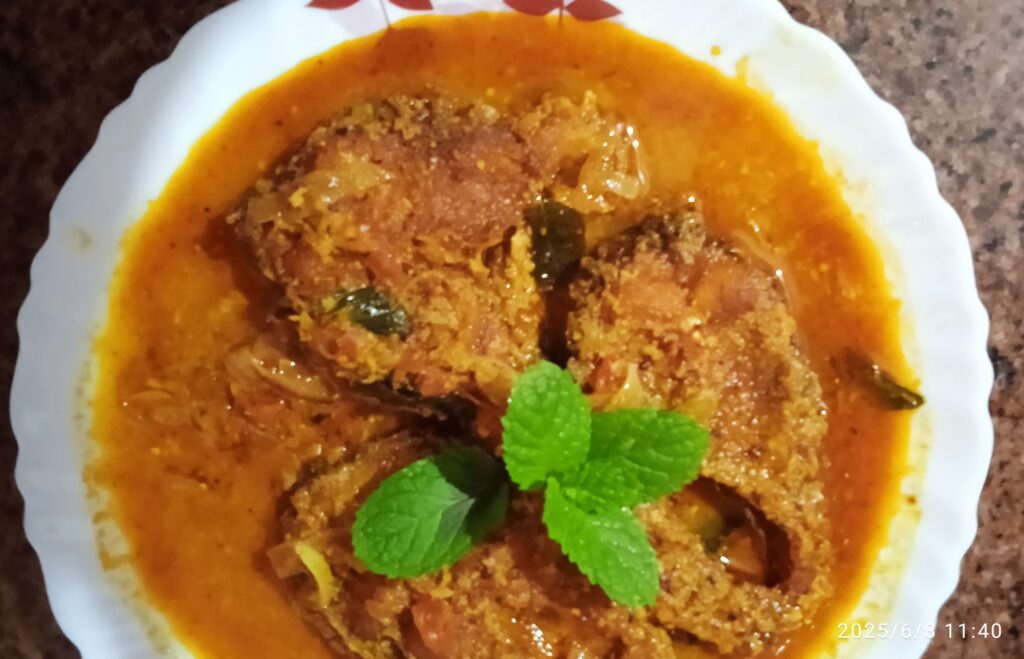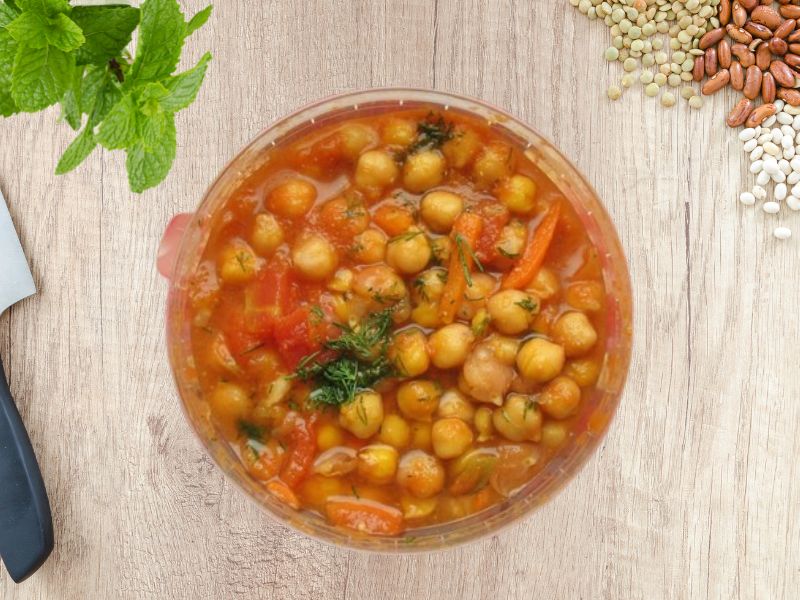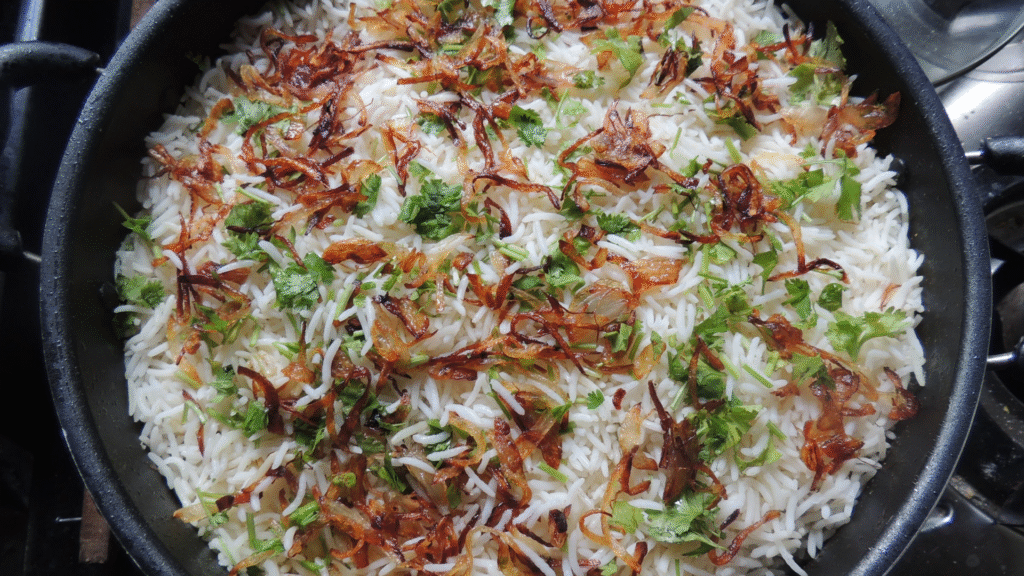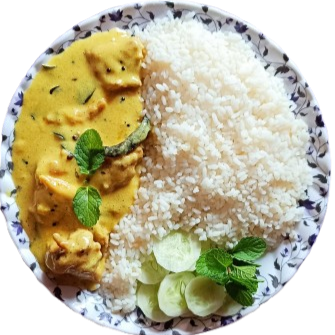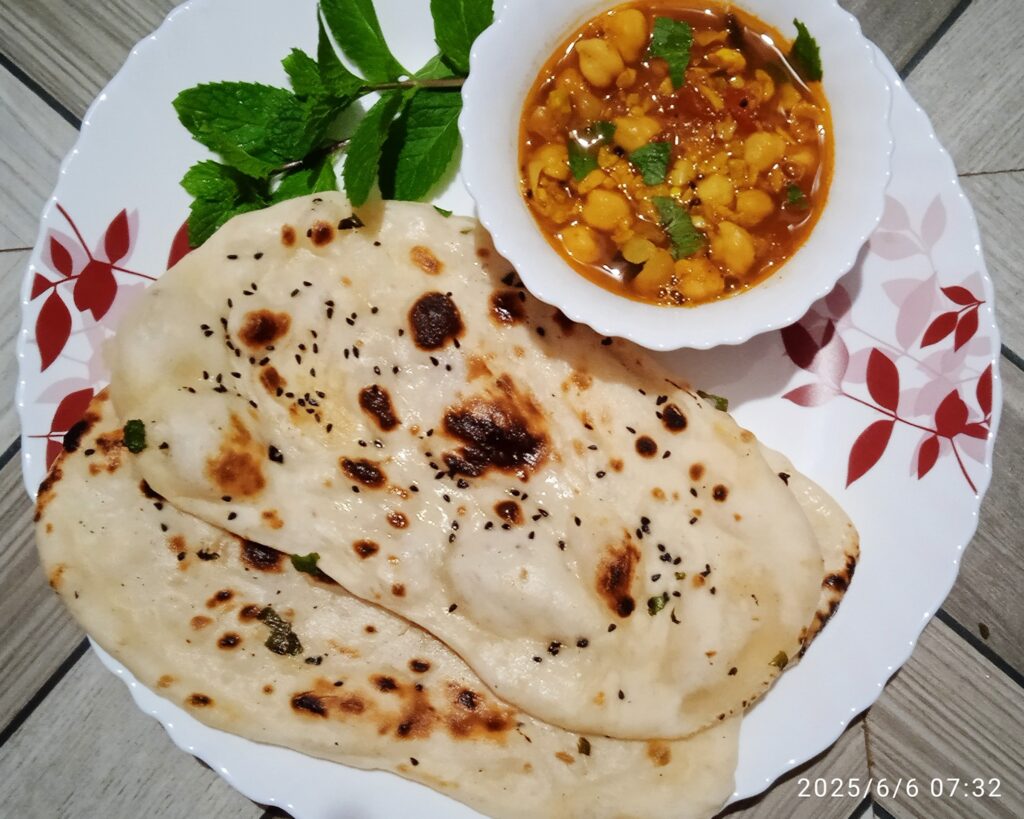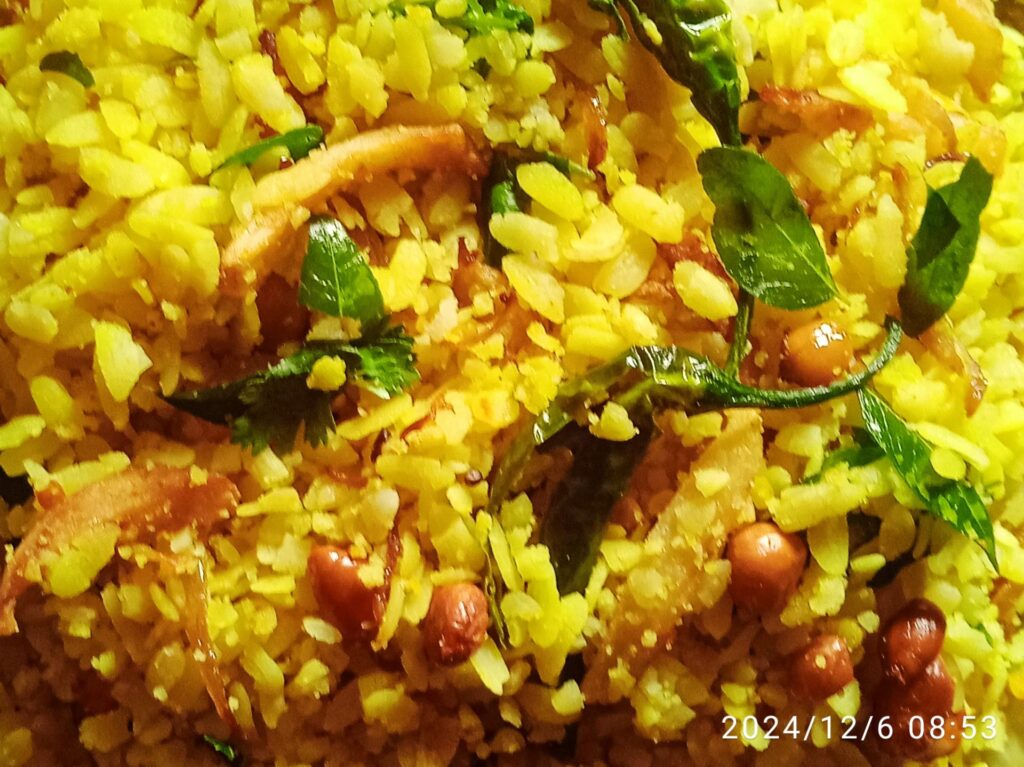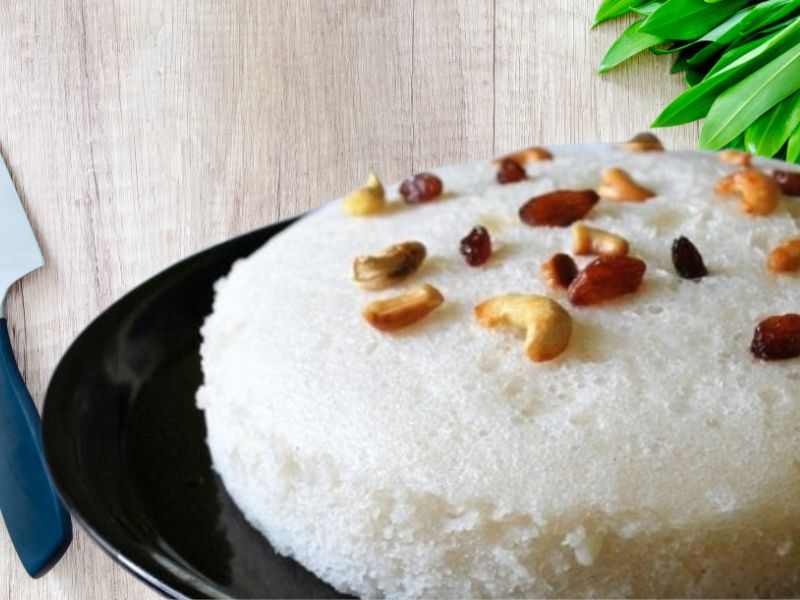
Vatteappam, a classic sweet steamed rice cake, is a famous dish in Kerala, India. This spongy, slightly sweet delight is ideal for breakfast, snacking, or serving as dessert. Vatteappam, made with rice, coconut, and an aroma of cardamom, is recognized for its light texture and subtle flavors. This Vatteappam recipe will help you make authentic Vatteappam at home.
Ingredients For Vatteappam Recipe
- 2 cups raw rice (preferably soaked for 4-5 hours)
- 1 cup grated coconut
- 1/2 cup cooked rice
- 3/4 to 1 cup sugar (adjust based on sweetness preference)
- 1/4 tsp active dry yeast or 1 cup fermented coconut water
- 1/2 tps baking soda
- 1/2 tsp cardamom powder
- 1/2 tsp salt
- 1 cup coconut milk (optional, for extra richness)
- Cashews and raisins (for garnish)
- Ghee or oil (for greasing)
Step By Step Vatteappam Recipe
Fermentation is key to making Vatteappam. There are two methods to ferment the batter:
- Using yeast
- Using naturally fermented coconut water.
Step 1: Ferment the coconut water if not using yeast
- Choose fresh coconut water for best results. Water should be clean and sweet.
- To ferment coconut water, pour it into a clean glass jar. Add 2 teaspoons sugar to the coconut water.
- Cover with a cloth or breathable lid to allow air circulation. Leave the coconut water at room temperature for 9-10 hours. The warmer the climate, the faster it ferments. It’ll be ready when it has a somewhat sour fragrance and a few bubbles appear.
Step 2: Soak and Grind the Rice
- Soak the raw rice in water for 4-5 hours. Drain and transfer it to a blender.
- Peel off the black skin from the coconut for pure white texture and grate them.
- Add the grated coconut, sugar and cooked rice to the blender.
- Gradually add water or coconut milk while grinding to create a smooth, thick batter.
Step 3: Ferment the Batter:
Option 1: With fermented coconut water.
- Add fermented coconut water and soda to the batter. Stir thoroughly to mix.
- Add salt to the batter and stir until it dissolves.
- Ferment the batter in a warm area for 4-6 hours or overnight until it’s light, bubbly, and somewhat sour.
Option 2: With yeast.
- Transfer the batter to a big mixing basin. Dissolve the active dry yeast in 2 tablespoons warm water with a teaspoon of sugar. Allow it to settle for 5-10 minutes until foamy.
- Add this mixture to the batter, along with salt. Mix well and cover the bowl with a towel or lid.
- Allow the batter to ferment in a warm place for 6-8 hours, or overnight.
Step 4: Flavor the batter
Gently mix in cardamom powder after the batter has risen to a light and airy consistency. If necessary, add a little water or coconut milk to achieve the desired consistency, which should be similar to pancake batter.
Step 5: Prepare the steamer
- Grease a deep round pan or cake tin with ghee or oil to avoid sticking.
- Pour the prepared batter into the greased pan. Fill the pan half or two-thirds full of batter.
- Garnish with cashews and raisins for added taste and texture.
Step 6: Steam the Vatteappam
- To steam, place the pan in an idli steamer. Cover with a lid and steam over medium heat for 20-25 minutes, or until a toothpick inserted into the center comes out clean.
- Cool the Vatteappam for a few minutes before carefully removing from the pan.
Serving Suggestions
1. With Tea or Coffee
Slice and enjoy: Cut the Vatteappam into wedges and serve warm or room temperature. It pairs beautifully with a cup of tea or coffee.
2. With Coconut Milk
Drizzle lightly sweetened coconut milk over the vattayappam for a traditional, mildly rich taste.
3. As a Dessert
Top with grated coconut, a sprinkle of cardamom powder, or a few raisins and cashews sautéed in ghee.
Pro Tips for the Ideal Vatteappam Recipe
- Fermentation Is Key: Make sure the batter is stored in a warm environment. Like dosa or idli batter, the batter should be light and smell somewhat sour.
- Sweetness Level: Modify the amount of sugar to suit your preferences.
Different Versions
- Try Jaggery Vatteappam: Replace sugar with jaggery syrup for a richer, caramel-like taste.
- Coconut Toping: Top with sweetened coconut and cardamom before steaming for a rich treat.
- Add different flavors: Try adding a touch of vanilla extract for enhanced flavor.
Related Recipes
Recipe Card

Vatteappam Recipe - Steamed Rice Cake
Ingredients
- 2 cups raw rice soaked for 4–5 hours
- 1 cup grated coconut
- ½ cup cooked rice
- ¾ to 1 cup sugar adjust to taste
- ¼ tsp active dry yeast or 1 cup fermented coconut water
- ½ tsp baking soda
- ½ tsp cardamom powder
- ½ tsp salt
- 1 cup coconut milk optional, for extra richness
- Cashews and raisins for garnish
- Ghee or oil for greasing
Method
- Mix fresh coconut water with 2 tsp sugar in a clean glass jar.
- Cover loosely and leave at room temperature for 9–10 hours until bubbly and slightly sour.
- Soak raw rice for 4–5 hours, then drain.
- Grind rice, grated Coconut (peel off the black skin for pure white texture) sugar, and cooked rice into a smooth batter using water or coconut milk as needed.
- Mix the fermented coconut water, soda, and salt into the batter.
- Leave to ferment in a warm place for 4–6 hours or overnight.
- Dissolve yeast in 2 tbsp warm water with 1 tsp sugar. Wait until foamy.
- Add to the batter with salt, and ferment 6–8 hours or overnight.
- Mix in cardamom powder.
- Adjust consistency with water or coconut milk (like pancake batter).
- Grease a deep round pan with ghee or oil.
- Pour batter halfway or ⅔ full. Garnish with raisins and cashews.
- Steam in a steamer or idli pot for 20–25 minutes until a toothpick comes out clean.
- Cool slightly before slicing.

